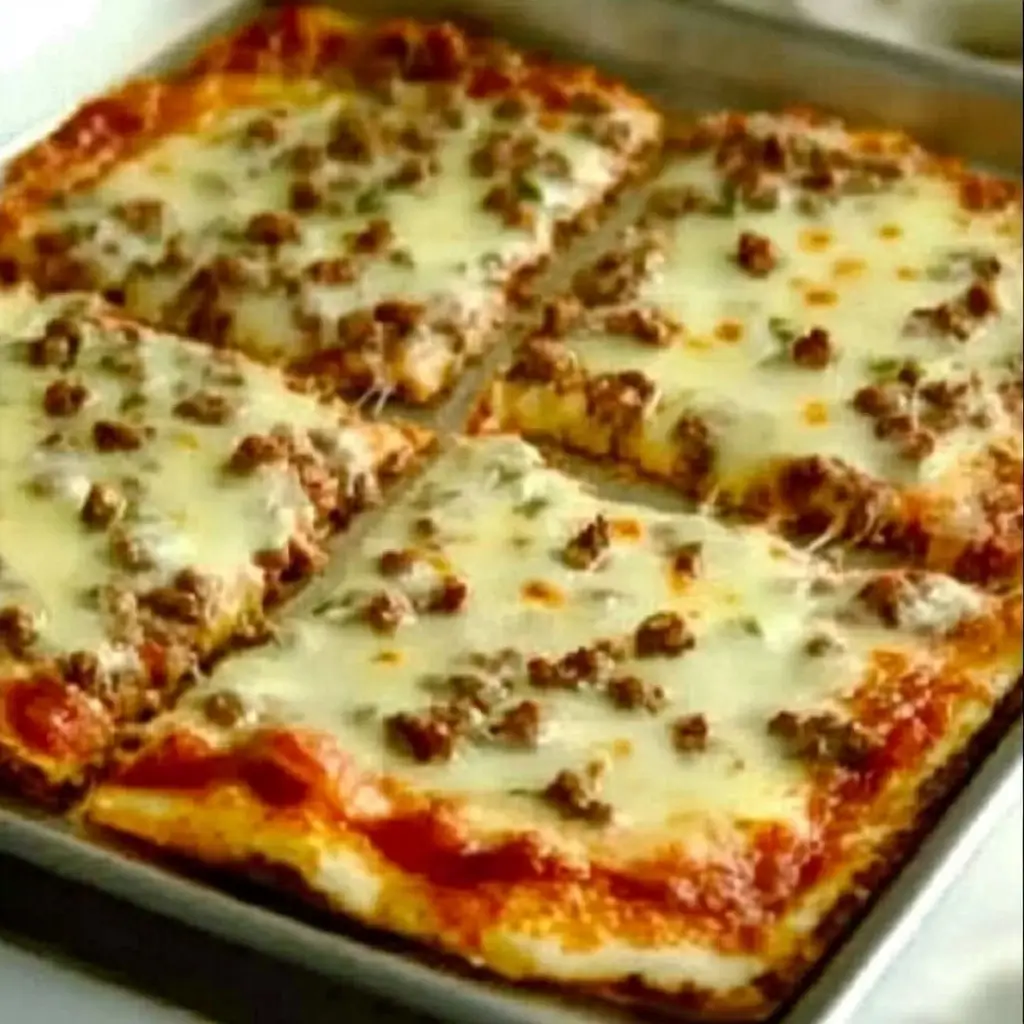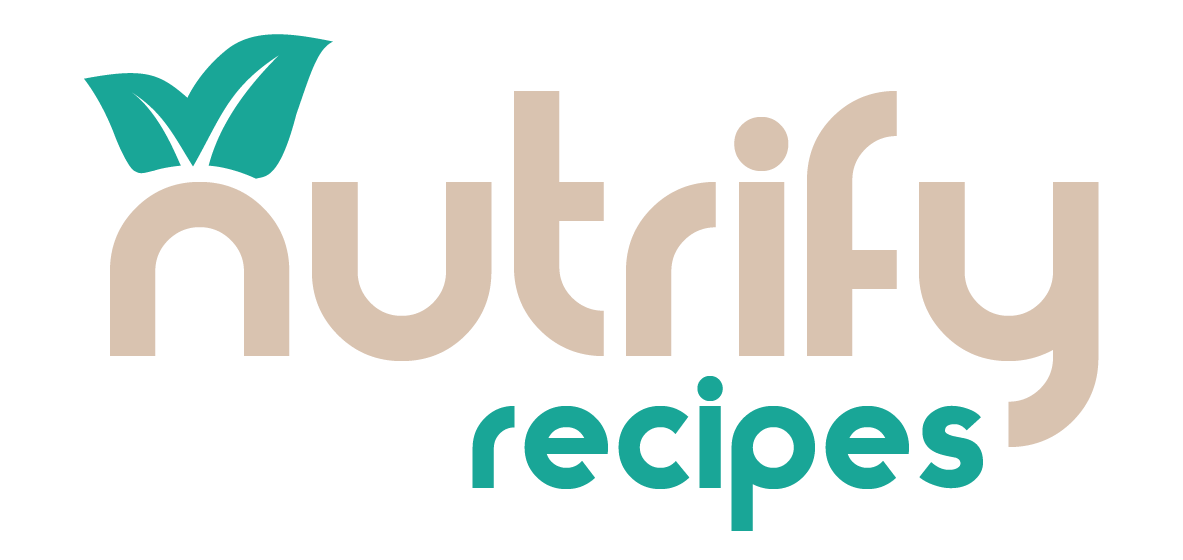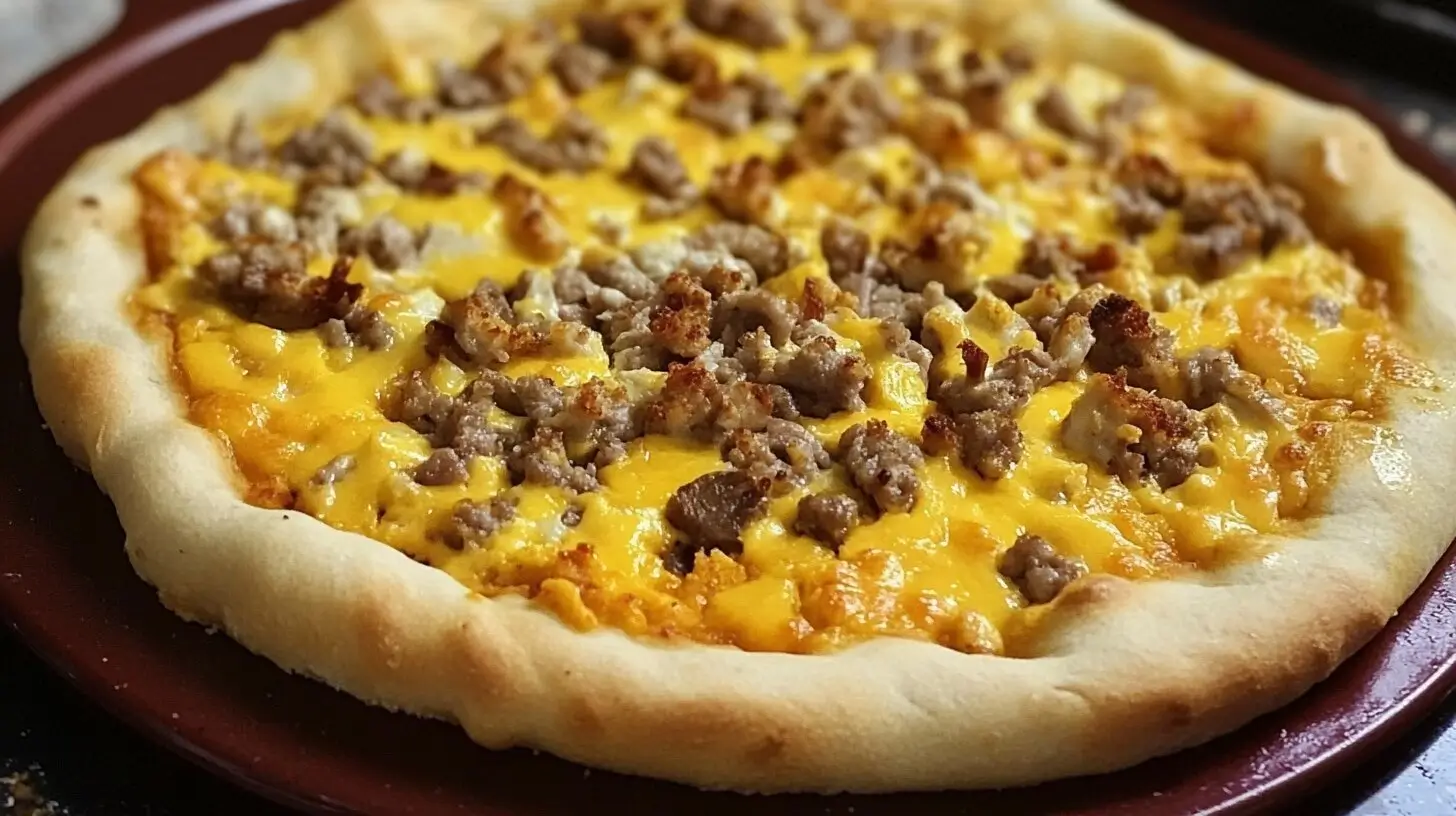When it comes to serving school breakfasts, it’s important to strike a balance between nutrition and taste. Breakfast pizza offers a creative, protein-rich alternative to traditional breakfast fare, keeping students full and energized throughout the morning. By incorporating Egg White Burger Buns as a crust alternative, schools can boost protein intake while keeping the meal light. This recipe is not just about flavor, it’s about making mornings easier for busy cafeterias and ensuring kids love what’s on their plate.
Table of contents
Why Breakfast Pizza is Perfect for Schools
Breakfast pizza is quickly becoming a favorite in school cafeterias. It offers a winning combination of nutrition, affordability, and student appeal. Schools looking to improve their breakfast programs are finding that this delicious and balanced meal is a smart choice.
Nutritional Benefits
A Powerful Source of Protein
To begin with, breakfast pizza provides an excellent source of protein from ingredients like eggs, sausage, and cheese. Protein is essential because it helps students stay full, focused, and energized throughout the morning. In fact, having enough protein at breakfast can improve concentration, making it easier for kids to stay engaged in their lessons and activities.
A Balanced Mix of Nutrients
Another major benefit of breakfast pizza is that it offers a well-rounded mix of nutrients in every bite. For instance, the crust supplies carbohydrates for quick energy, while the cheese and toppings provide healthy fats and essential vitamins. Plus, by adding colorful vegetables like spinach or bell peppers, schools can boost the meal’s vitamin C and iron content, supporting students’ overall health.
Easily Adaptable for Dietary Needs
What’s more, breakfast pizza is incredibly easy to customize for different dietary needs—a common challenge in schools. For example, cafeterias can offer vegetarian, gluten-free, or dairy-free options to accommodate students with specific requirements. Additionally, providing these choices helps all kids feel included, encouraging them to explore and enjoy new foods.
Cost-Effectiveness
Affordable Ingredients
To begin with, breakfast pizza is not only delicious but also budget-friendly. Ingredients like eggs, bread, and cheese are affordable and easy to buy in bulk. Because of this, it’s an excellent choice for schools looking to stretch their meal budgets without giving up on quality or taste.
Easy to Prepare in Large Quantities
In addition, breakfast pizza is simple to prepare, even for large groups. While cooking meals for hundreds of students each morning might seem overwhelming, breakfast pizza makes the process easier. Schools can bake large trays of pizza ahead of time and cut them into individual slices. As a result, cafeteria staff can save time and serve students quickly.
Reduces Food Waste
Finally, breakfast pizza helps schools cut down on food waste. Leftover slices can be reheated or reused as snacks, ensuring no food goes to waste. Furthermore, because breakfast pizza is so popular with students, they are more likely to eat it all, which also helps reduce waste.
Kid Appeal
- A Fun and Familiar Favorite
Kids love pizza, and breakfast pizza takes this familiar favorite to the next level. With creative toppings like scrambled eggs and bacon, it offers a fun twist on traditional pizza. The excitement of eating pizza in the morning helps even the pickiest eaters start their day with a smile. - Endless Variety
Offering variety keeps students interested. Breakfast pizzas can come in different flavors, such as veggie-loaded, meat-lovers, or classic cheese. This variety encourages students to try different options and ensures they never get bored with their breakfast choices. - Visually Appealing and Engaging
Lastly, breakfast pizza is easy to make visually appealing. Toppings can be arranged in fun patterns or shapes, which can make the meal even more enjoyable for younger students. A colorful slice of pizza loaded with vibrant veggies is both appetizing and nutritious.
Breakfast pizza perfectly balances nutrition, affordability, and fun, making it a top choice for schools everywhere. In the next section, we’ll dive into the essential ingredients for crafting school-friendly breakfast pizzas that everyone will enjoy.

Ingredients for School-Friendly Breakfast Pizzas
Creating the perfect breakfast pizza for schools requires a careful balance of taste, nutrition, and practicality. The ingredients need to be cost-effective, appealing to students, and adaptable for dietary restrictions. Here’s a breakdown of what goes into a school-friendly breakfast pizza.
The Building Blocks of Breakfast Pizza
- Crust Options
- Traditional Pizza Dough: A classic option that’s easy to work with and readily available.
- Whole Wheat or Multigrain Crust: Adds extra fiber and nutrients, making it a healthier choice.
- Flatbreads or Tortillas: A thin, crispy option that reduces baking time.
- Gluten-Free Crusts: Essential for students with gluten sensitivities or celiac disease.
Using pre-made crusts can save time in a busy school kitchen, but making crusts from scratch can be more cost-effective for large-scale production.
- Sauce Selections
- Cheese or Cream Sauce: A mild and creamy base that pairs well with breakfast flavors.
- Egg-Based Sauces: A creative way to add extra protein.
- Tomato-Free Options: For kids who prefer a lighter taste or have allergies to tomatoes.
- Protein-Packed Toppings
- Eggs: The star ingredient, offering high-quality protein. Scrambled eggs work best for even distribution.
- Breakfast Meats: Sausage, bacon, ham, or even turkey sausage provide familiar flavors kids love.
- Plant-Based Proteins: Options like tofu crumbles or vegan sausage cater to vegetarians and vegans.
- Cheese Choices
- Mozzarella: Melts beautifully and is a kid-friendly favorite.
- Cheddar: Adds a sharp, rich flavor.
- Low-Fat Cheese: Maintains flavor while keeping the meal lighter and healthier.
- Fresh and Nutritious Veggies
- Bell peppers, spinach, mushrooms, onions, and tomatoes are colorful, nutrient-dense options.
- Adding these veggies not only boosts the pizza’s nutritional value but also makes it visually appealing.
- Seasonings and Extras
- Simple seasonings like salt, pepper, and oregano enhance flavors without overwhelming young palates.
- Optional extras like hot sauce or herbs can be served on the side for adventurous eaters.
Allergen-Friendly Alternatives
- Dairy-Free Options
- Use plant-based cheeses or skip the cheese entirely and focus on other toppings.
- Gluten-Free Crusts
- Crusts made with rice flour, almond flour, or other gluten-free bases are widely available and easy to prepare.
- Egg Substitutes
- For students allergic to eggs, tofu scrambles or chickpea flour mixtures can mimic the texture and flavor of eggs.
- Nut-Free and Soy-Free Ingredients
- Always check for hidden allergens in pre-packaged ingredients to ensure safety for all students.
Balancing Nutrition and Taste
The key to a successful breakfast pizza is balance. Pairing savory toppings with fresh veggies and a healthy crust ensures students get a meal that’s as nutritious as it is delicious. Schools can mix and match these ingredients to create a variety of options that cater to every taste and dietary need.
In the next section, we’ll explore easy-to-follow recipes that schools can use to prepare breakfast pizzas in large quantities.
Easy Recipes Schools Can Use
Creating breakfast pizzas for a school setting requires recipes that are simple, scalable, and crowd-pleasing. These recipes are designed to be both nutritious and easy to prepare in bulk, ensuring every student gets a delicious start to their day. Below are three versatile breakfast pizza recipes to try.
Basic Breakfast Pizza Recipe
Ingredients (Serves 12):
- 2 large pizza crusts (traditional or whole wheat)
- 8 large eggs, scrambled
- 1 cup shredded mozzarella cheese
- 1 cup shredded cheddar cheese
- 1 cup cooked breakfast sausage (crumbled)
- ½ cup diced bell peppers
- ½ cup chopped spinach
- Salt and pepper to taste
Preparation Steps:
- Preheat Oven: Set the oven to 375°F (190°C).
- Prepare the Base: Place the crusts on baking trays and lightly brush with olive oil.
- Add the Eggs: Spread scrambled eggs evenly across the crust.
- Layer the Toppings: Sprinkle mozzarella and cheddar cheese on top, followed by sausage, bell peppers, and spinach.
- Season and Bake: Add a pinch of salt and pepper, then bake for 10–15 minutes, or until the cheese is melted and bubbling.
- Serve and Enjoy: Slice into squares or triangles for easy serving.
Vegetarian Breakfast Pizza
Ingredients (Serves 12):
- 2 large pizza crusts (whole wheat or gluten-free)
- 8 large eggs, scrambled
- 1½ cups shredded mozzarella cheese
- 1 cup diced tomatoes
- 1 cup sliced mushrooms
- 1 cup chopped broccoli
- ½ cup red onions, thinly sliced
- 1 teaspoon Italian seasoning
Preparation Steps:
- Prepare the Oven and Crust: Preheat the oven to 375°F (190°C). Lay crusts on baking trays.
- Scramble the Eggs: Cook eggs until just set, then spread evenly on the crust.
- Add Vegetables: Top with tomatoes, mushrooms, broccoli, and onions.
- Cheese and Seasoning: Sprinkle mozzarella cheese and Italian seasoning over the vegetables.
- Bake: Bake for 12–15 minutes, or until the cheese melts and the crust is slightly crispy.
Gluten-Free Breakfast Pizza
Ingredients (Serves 12):
- 2 gluten-free pizza crusts
- 6 large eggs, scrambled
- 1 cup plant-based sausage crumbles
- 1 cup shredded dairy-free cheese
- 1 cup spinach leaves
- ½ cup diced zucchini
- ½ teaspoon garlic powder
Preparation Steps:
- Preheat the Oven: Set the oven to 375°F (190°C).
- Prepare the Crust: Place gluten-free crusts on parchment-lined baking sheets.
- Layer Ingredients: Spread scrambled eggs on the crust, followed by sausage, spinach, zucchini, and dairy-free cheese.
- Add Seasoning: Sprinkle garlic powder evenly over the toppings.
- Bake: Cook for 10–12 minutes, or until the crust is golden and toppings are warm.
Tips for Scaling Recipes for Schools
- Batch Cooking: Prepare ingredients like scrambled eggs and toppings in advance to streamline assembly.
- Use Large Baking Trays: Commercial-sized baking trays can hold multiple pizzas, reducing baking time.
- Portion Sizes: Cut pizzas into smaller squares or triangles to serve more students.
With these recipes, schools can offer a variety of breakfast pizza options to suit different tastes and dietary needs. Next, we’ll explore how to implement breakfast pizza programs in schools effectively.

Frequently Asked Questions
1. Is breakfast pizza a healthy choice for children?
Yes, it can be! When made with whole-grain crusts, fresh vegetables, and lean proteins like eggs or turkey sausage, breakfast pizza becomes a well-balanced meal. It provides essential nutrients and energy, helping kids stay focused and ready to learn throughout the day.
2. How can schools accommodate dietary restrictions with breakfast pizza?
Luckily, breakfast pizza is very flexible. Schools can easily offer gluten-free crusts, dairy-free cheese, or plant-based proteins to meet different dietary needs. To make it even safer, they should clearly label these options and prepare them separately to prevent cross-contamination.
3. Can breakfast pizzas be made ahead of time?
Absolutely! Preparing breakfast pizzas in advance is a smart way to save time on busy mornings. Schools can assemble the pizzas the night before, store them in the fridge, and bake them fresh in the morning. Leftovers can also be quickly reheated for snacks or lunch, making them a convenient option.
4. What are some popular breakfast pizza toppings for kids?
Kids love classic toppings like scrambled eggs, sausage, bacon, and cheese. However, adding colorful vegetables like bell peppers, spinach, or tomatoes makes the meal even healthier. By offering a variety of toppings, schools can keep the menu fun and exciting for different tastes.
5. How do breakfast pizzas fit into federal meal programs like the NSLP?
Breakfast pizzas can easily meet the nutritional guidelines of programs like the National School Lunch Program. By using whole grains, lean proteins, and vegetables, schools can create a well-balanced meal that follows federal requirements. Plus, pairing the pizza with fruit and milk helps complete a nutritious breakfast.
6. Can schools serve breakfast pizza every day?
Yes, but offering it every day might make it less exciting. Instead, schools can rotate it with other breakfast options to keep the menu fresh. For example, serving breakfast pizza once or twice a week makes it a treat that students can look forward to while still enjoying variety.
Conclusion
Breakfast pizza is a fantastic way to reinvent school morning meals with a blend of flavor, nutrition, and convenience. Whether schools opt for classic toppings or explore inspirations from Korean Breakfast Ideas, the goal remains the same: providing students with a wholesome, satisfying meal. For schools looking to accommodate dietary needs, options from Easy & Irresistible Gluten and Dairy-Free Breakfast Ideas can offer excellent modifications. Pairing breakfast pizza with Homemade Egg, Sausage, and 4-Cheese Breakfast Bites ensures a well-rounded menu that will keep students engaged and excited for their first meal of the day.

